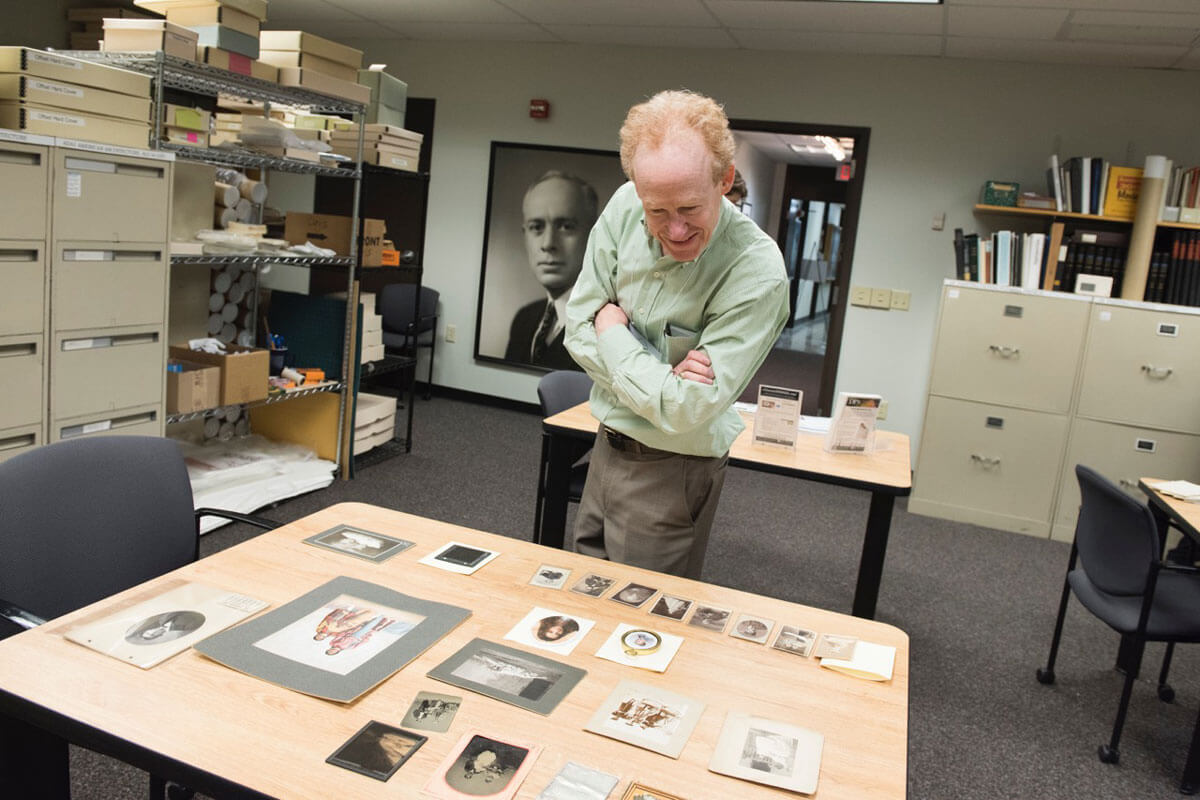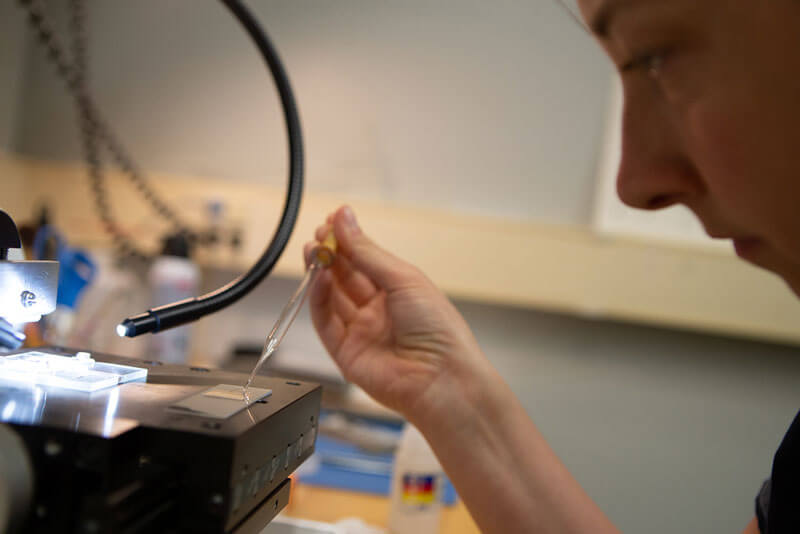Preservation of Cultural Collections
RIT’s Image Permanence Institute (IPI) — housed in the College of Art and Design — is a research center dedicated to supporting the preservation of cultural heritage collections in libraries, archives and museums around the world.
IPI’s mission is achieved by maintaining an active preservation research program that informs and advances professional-level education and training activities, publications, consulting services, testing services, preservation software and other online resource development. IPI’s research program is supported by grants from federal and private funders as well as revenue generated from products and services.







 The material nature, identification, stability and long-term care of photographic prints has always been an area of expertise at IPI. Process identification is the first step in understanding and informing the preservation, access and use of photographic print collections and IPI has a long history of training professionals in process identification through seminars, workshops, webinars and print and online resources. Current research is primarily disseminated through Graphics Atlas, a sophisticated web resource that presents a unique, object-based approach to the identification and characterization of prints and photographs.
The material nature, identification, stability and long-term care of photographic prints has always been an area of expertise at IPI. Process identification is the first step in understanding and informing the preservation, access and use of photographic print collections and IPI has a long history of training professionals in process identification through seminars, workshops, webinars and print and online resources. Current research is primarily disseminated through Graphics Atlas, a sophisticated web resource that presents a unique, object-based approach to the identification and characterization of prints and photographs.